Giro d'Italia: 93 years of the Maglia Rosa
How the race leader's jersey pink jersey became the iconic symbol of the race

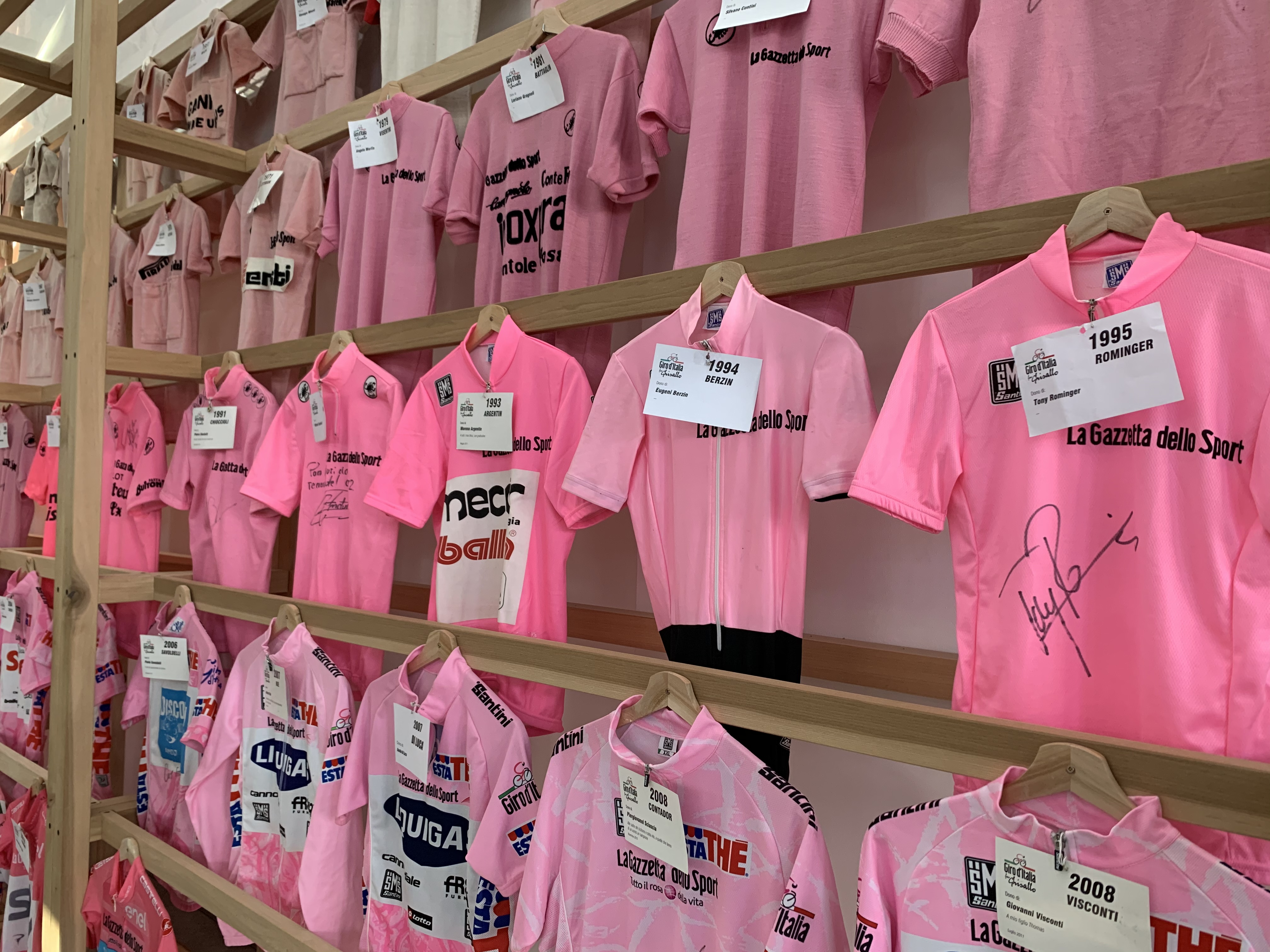
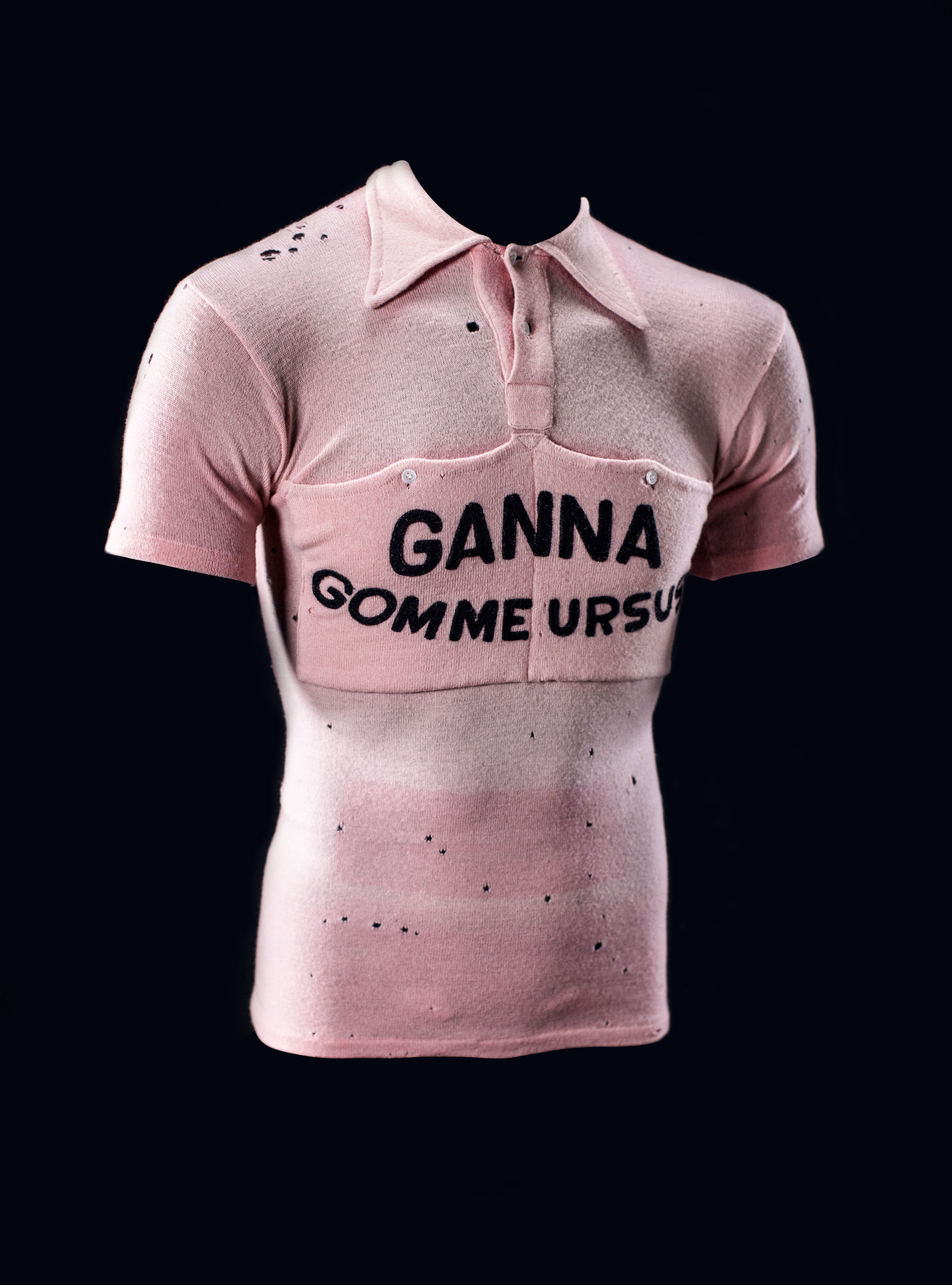
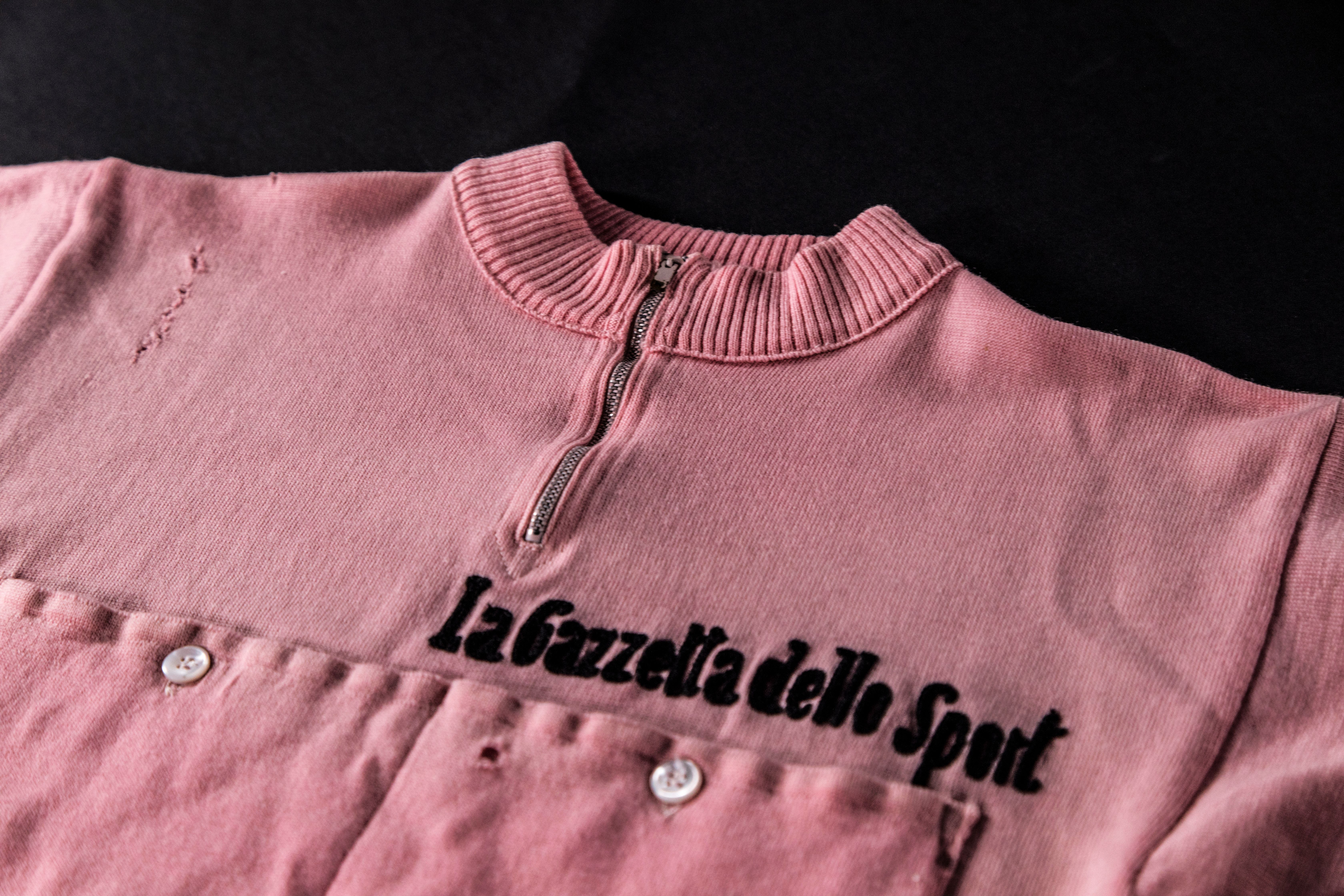
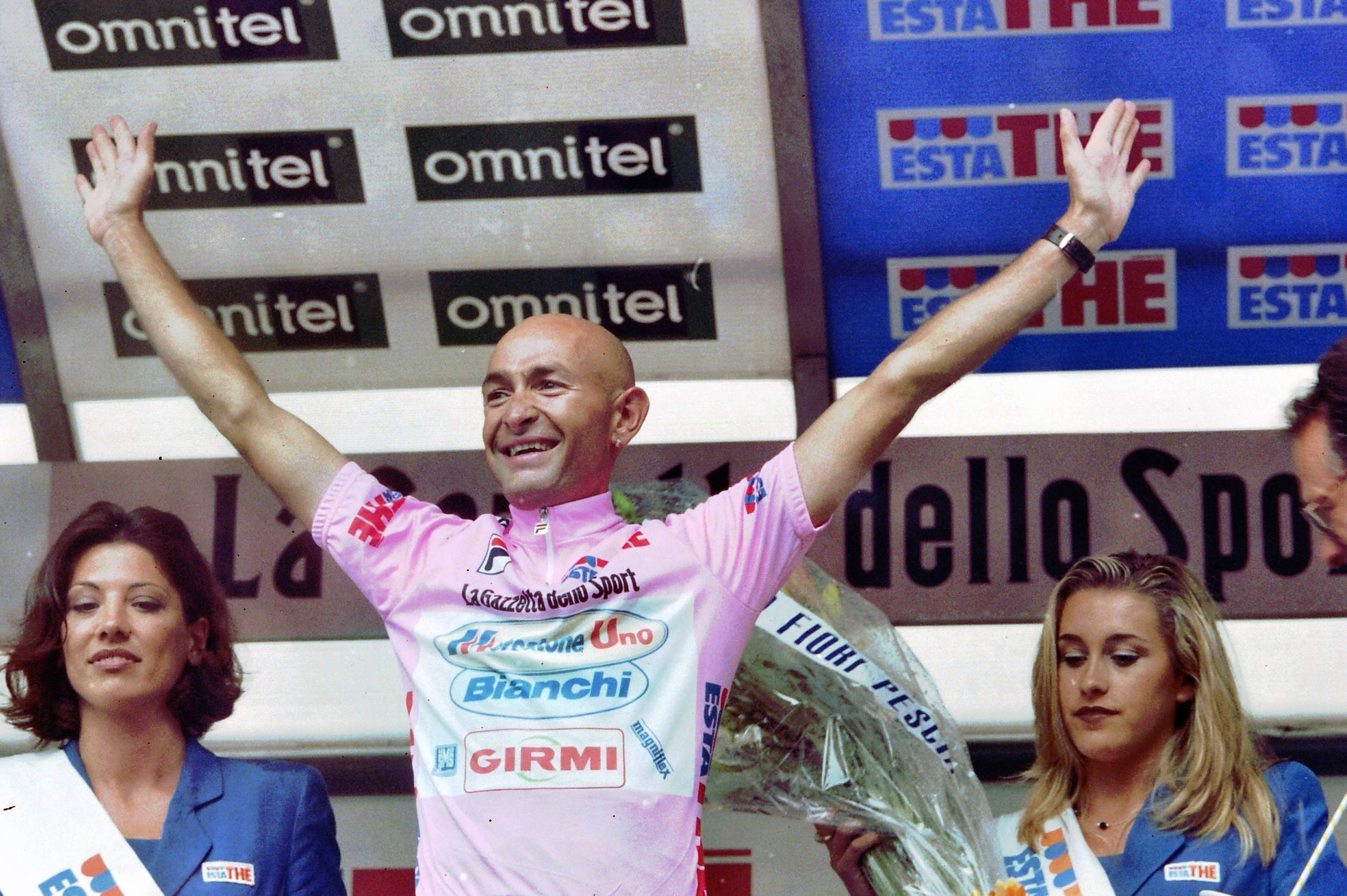
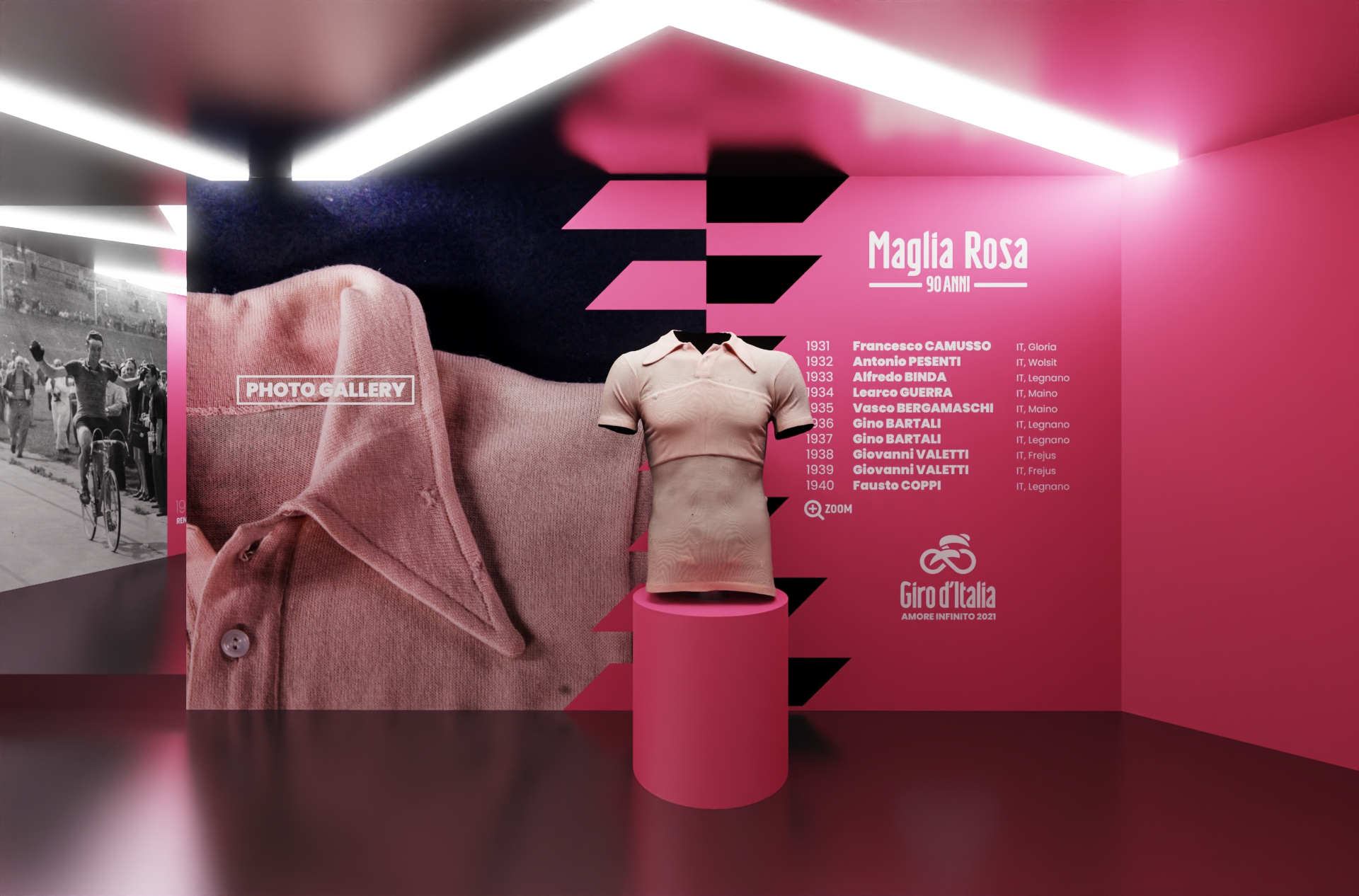

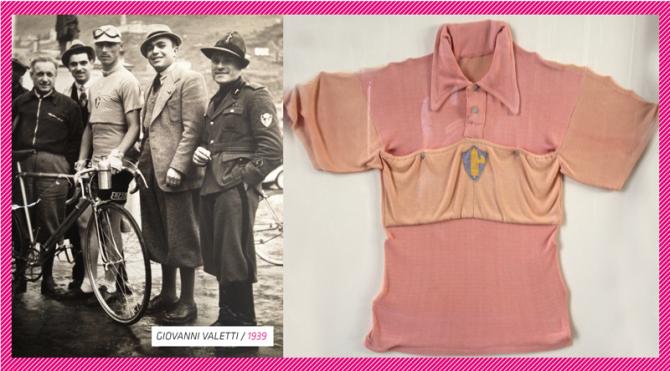

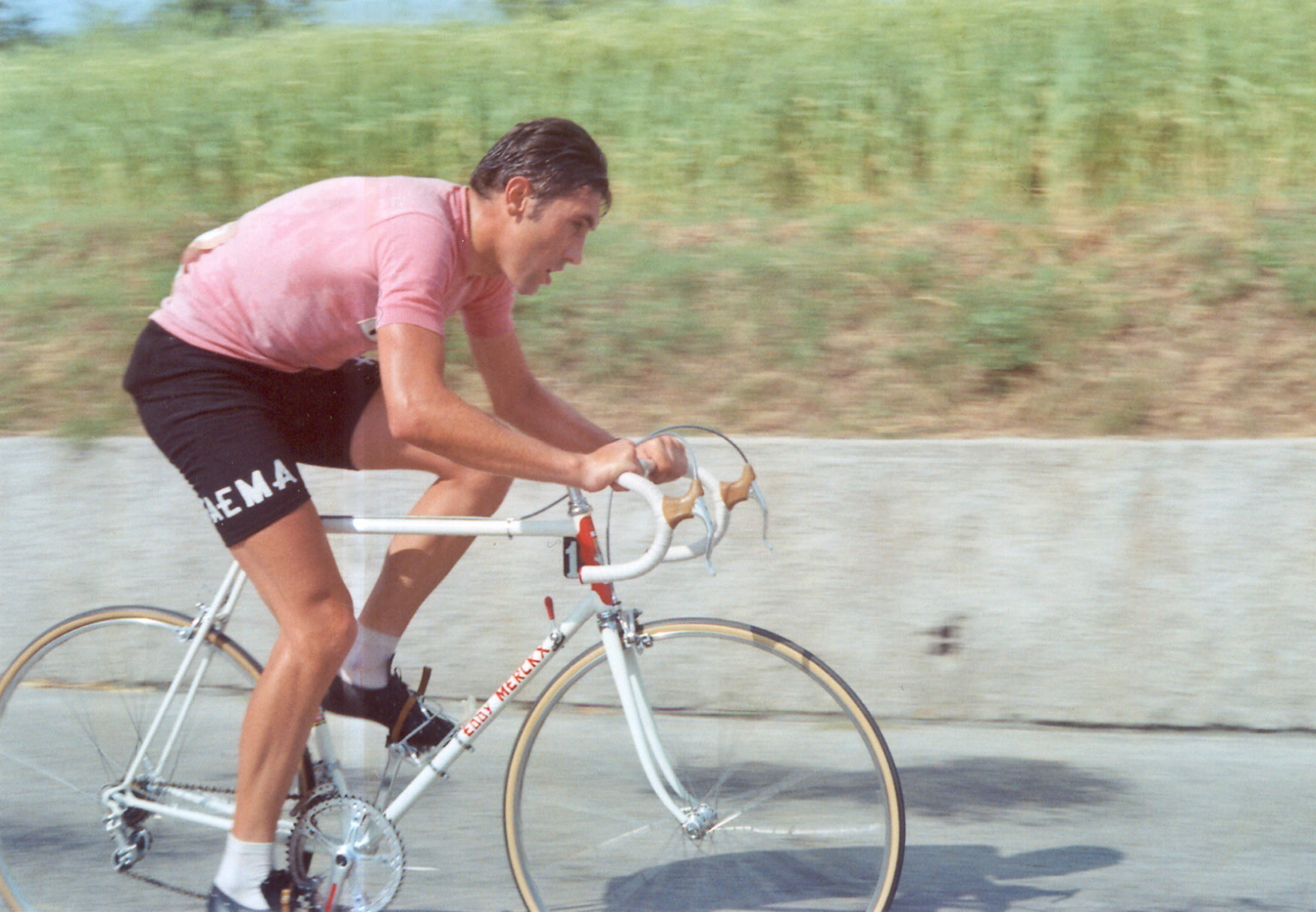
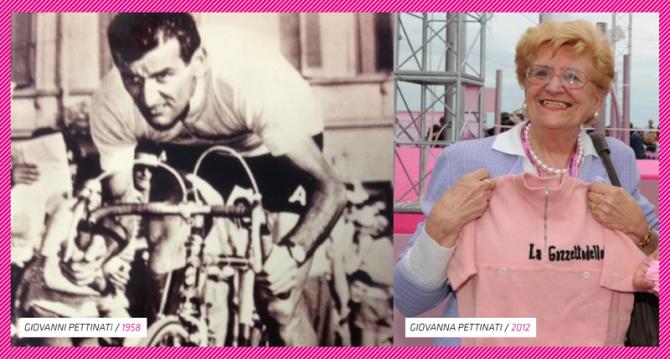
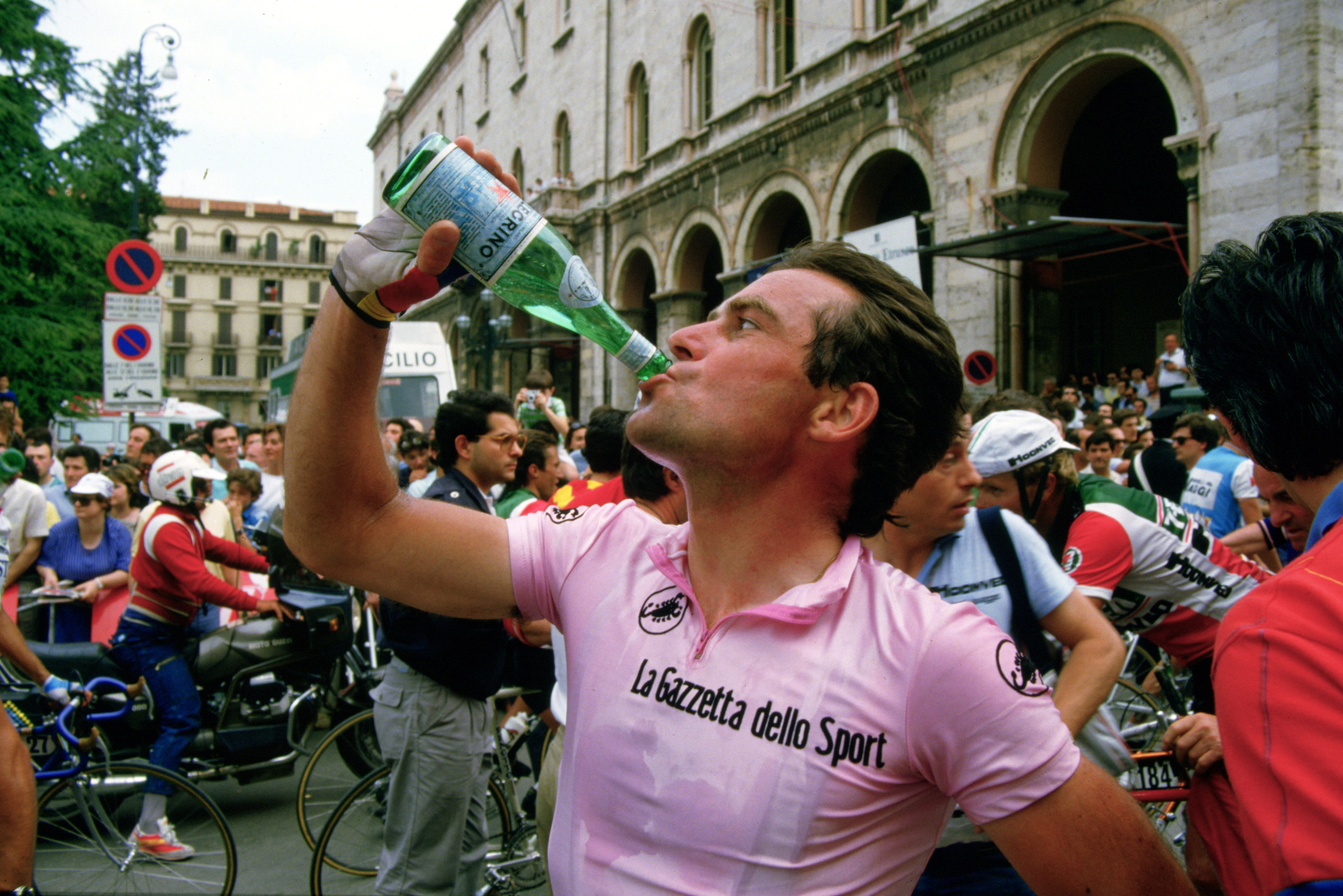
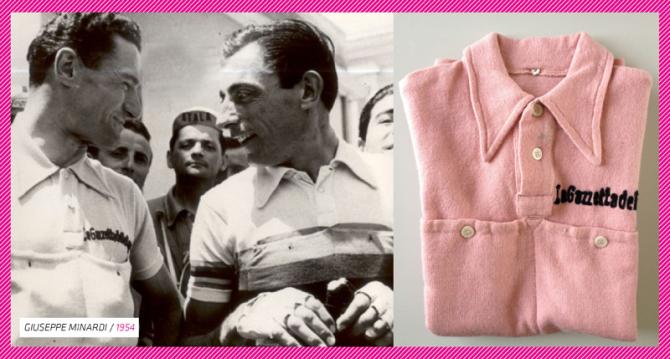

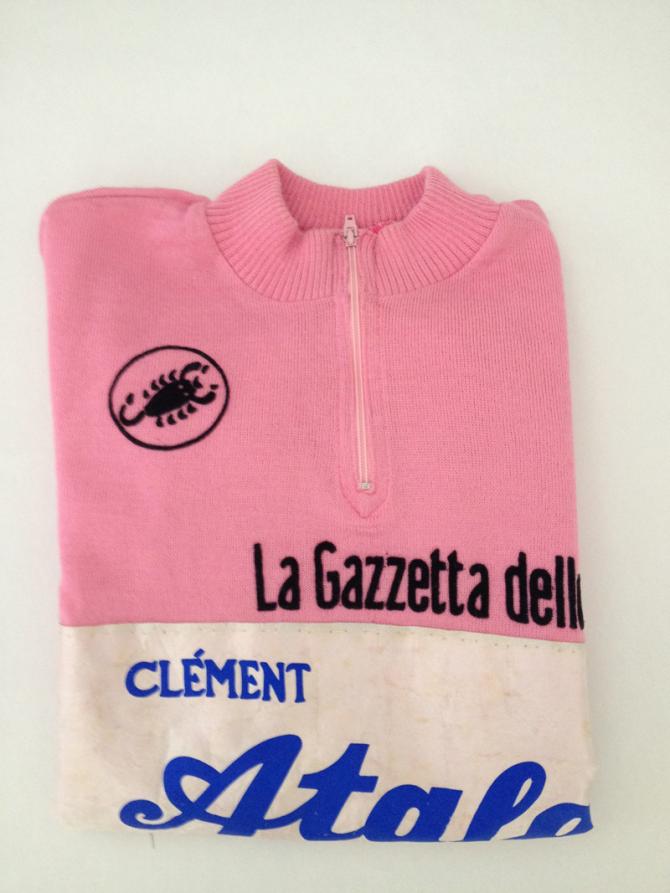
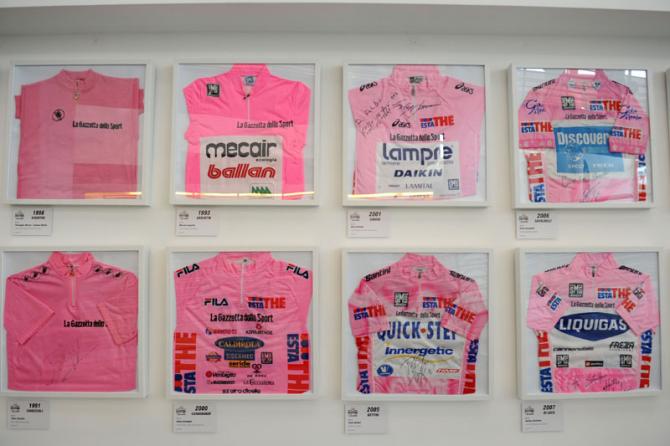

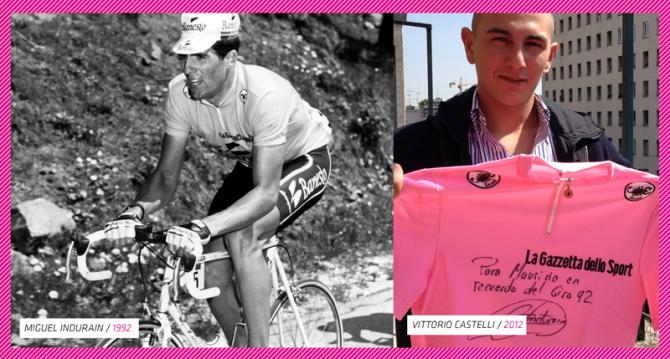
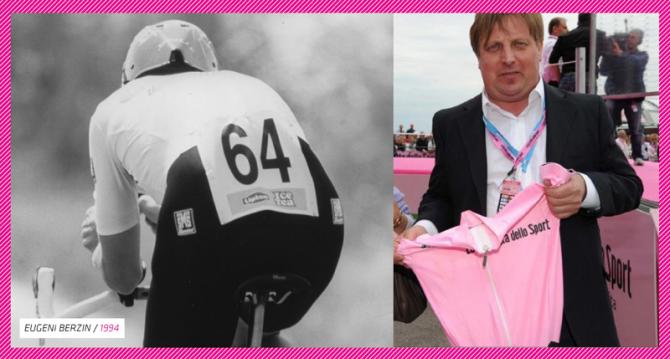
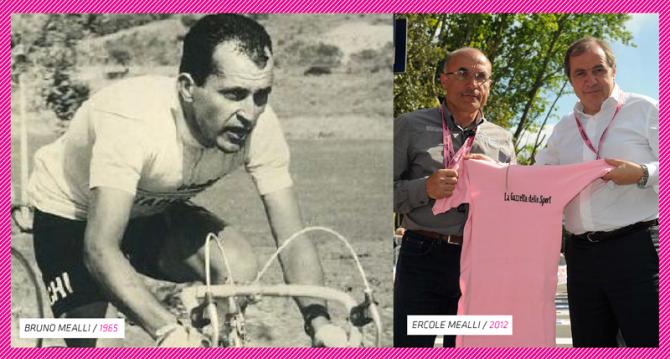
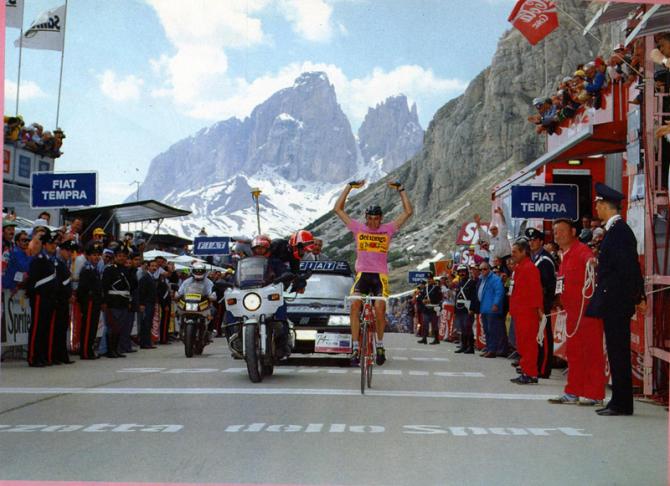
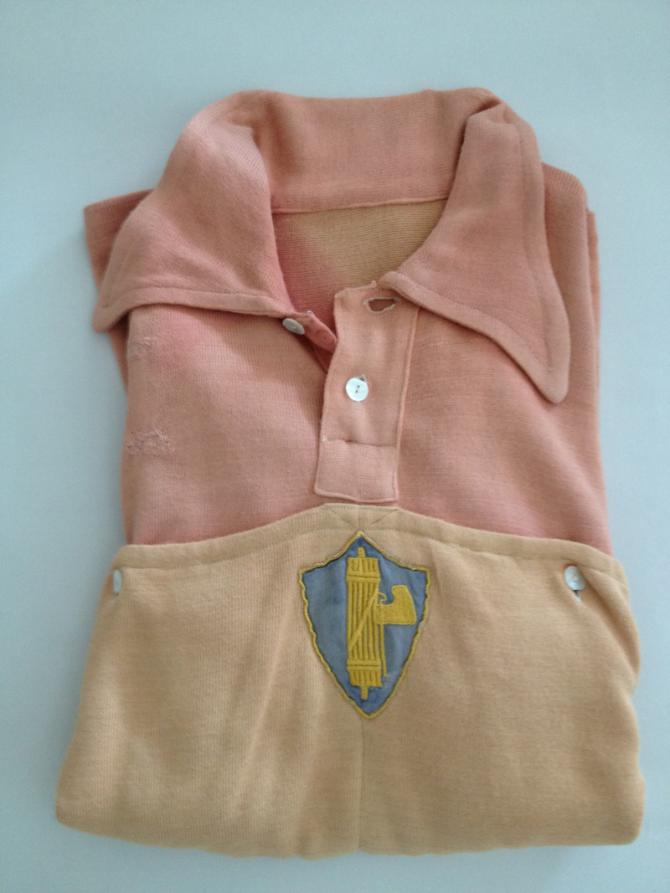


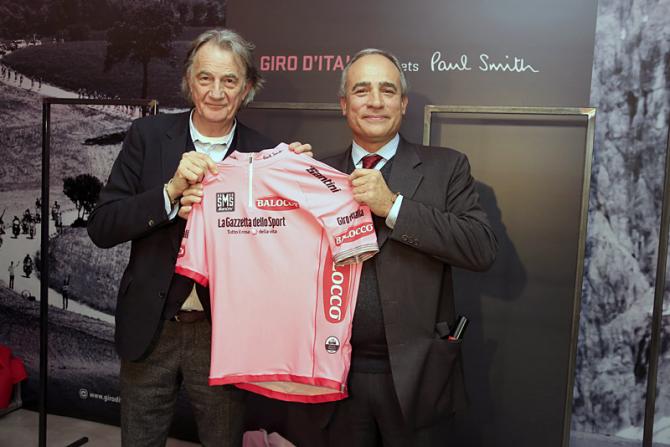
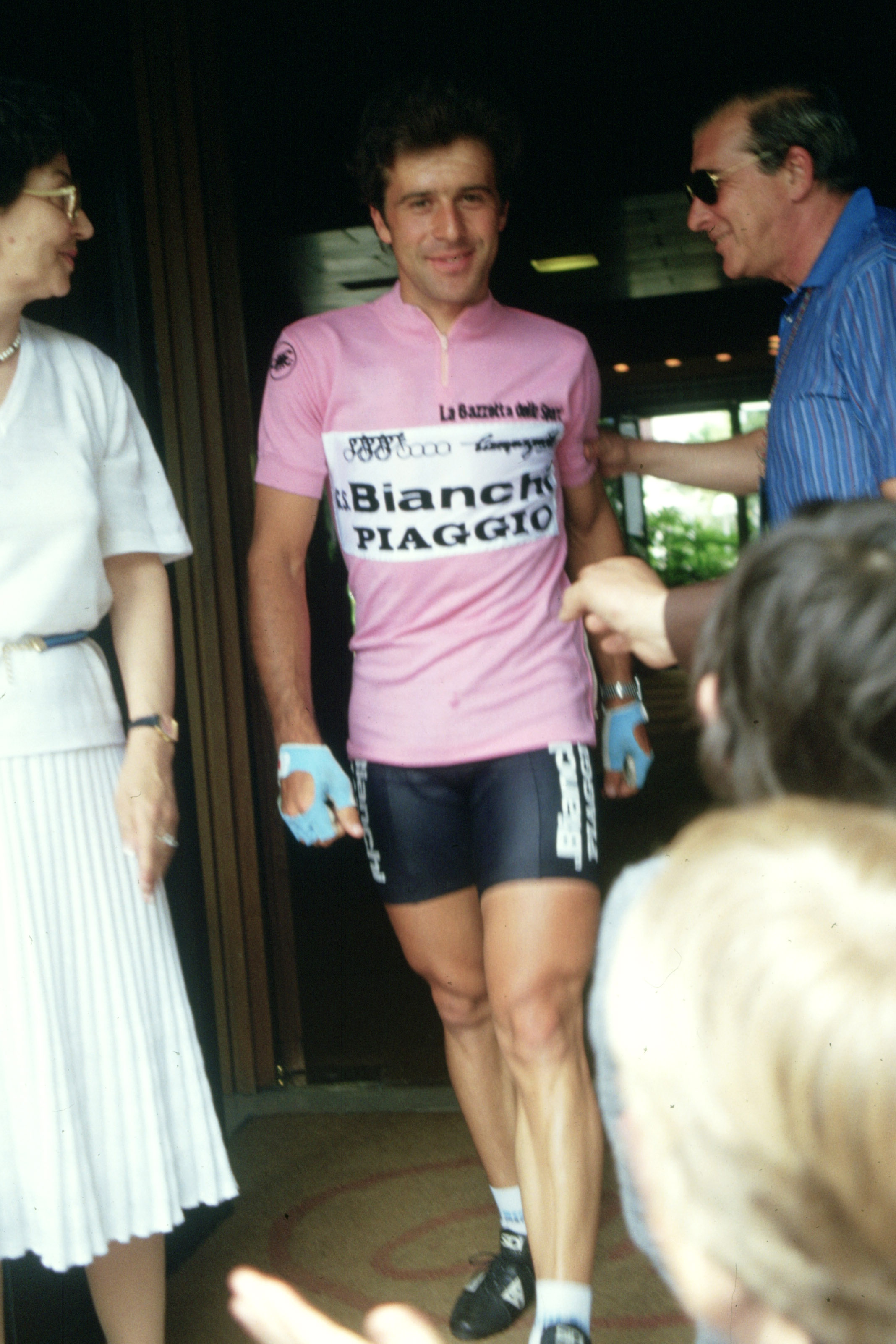
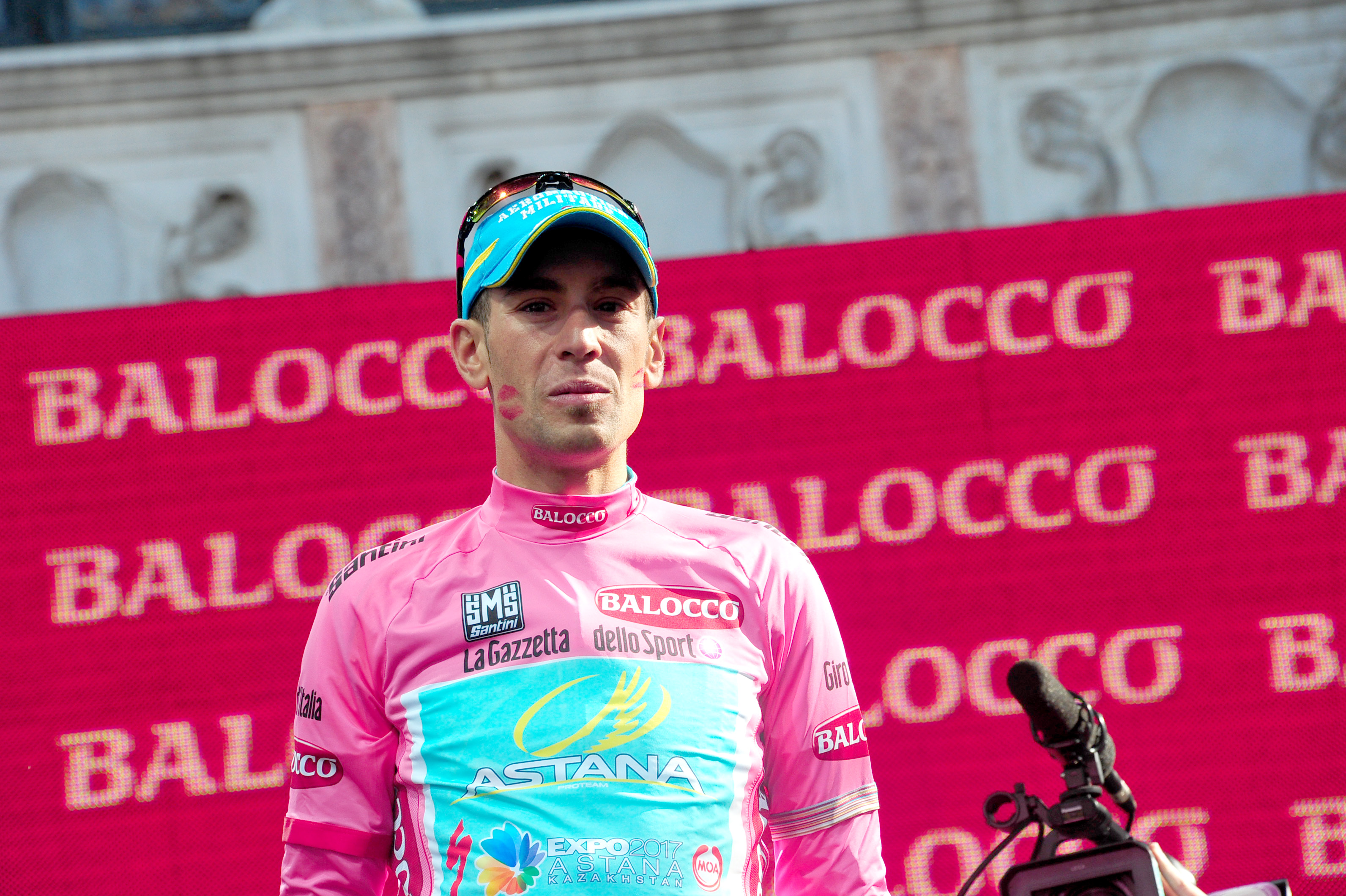
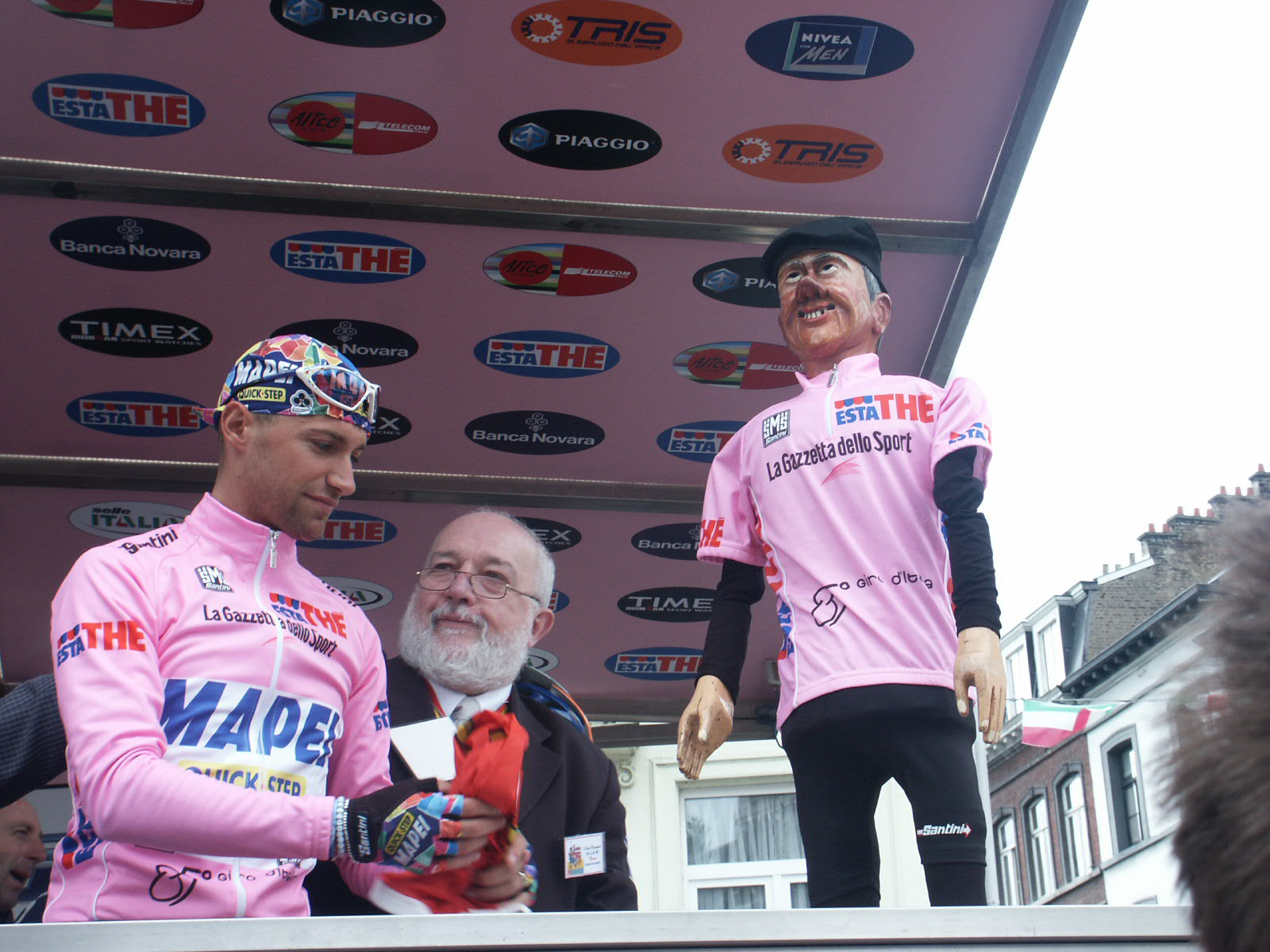
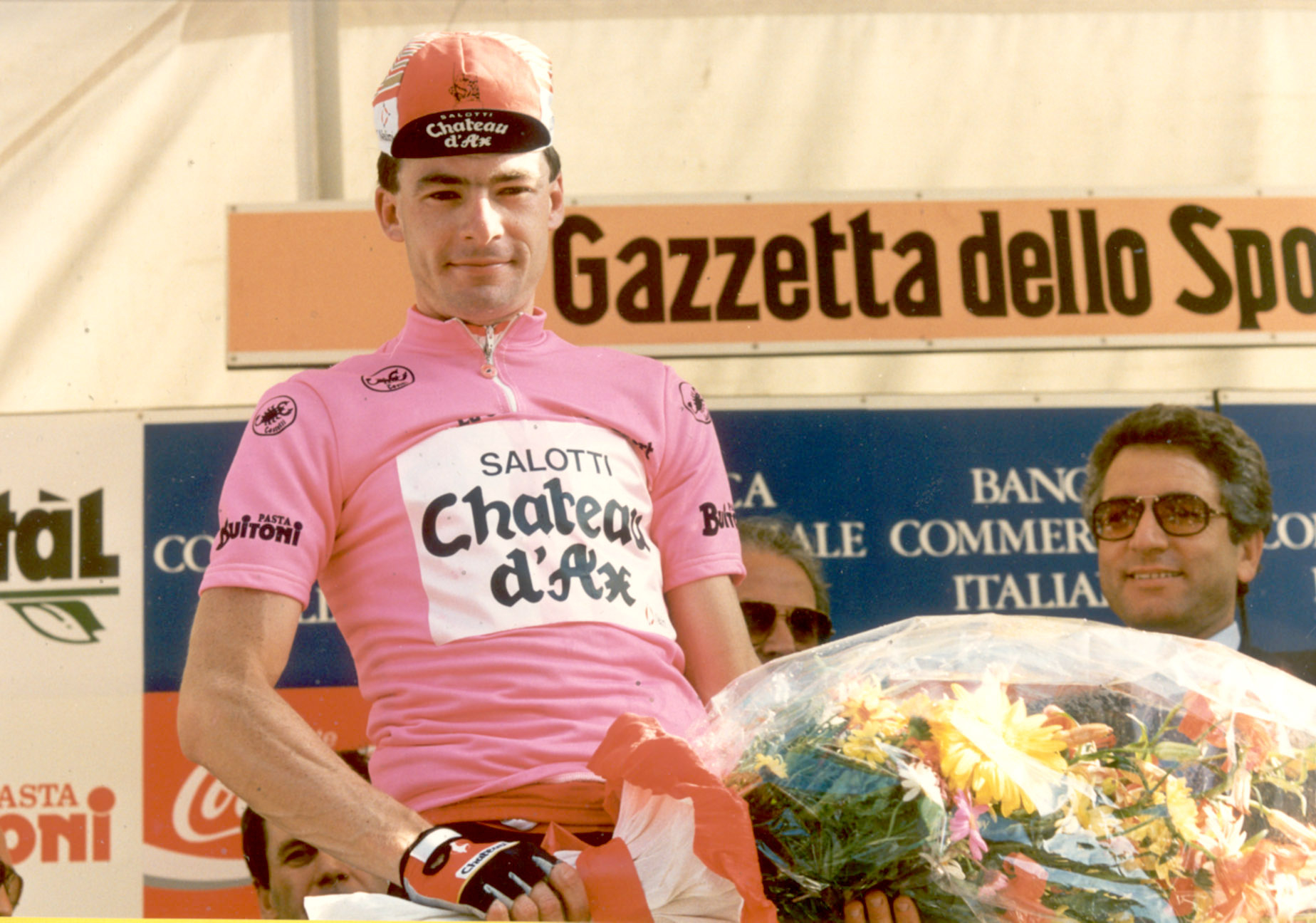



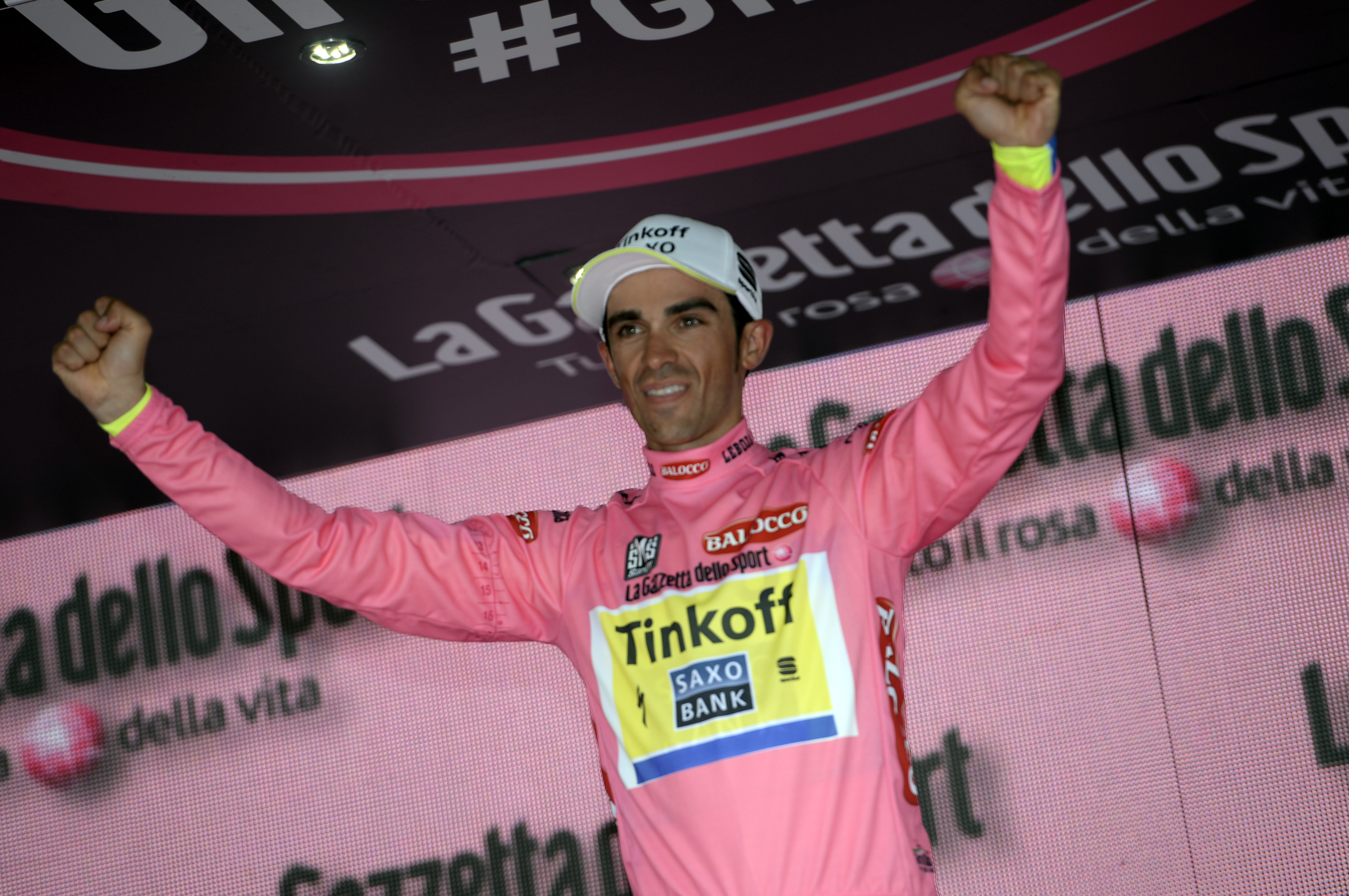

The Giro d’Italia race leader’s pink jersey – or maglia rosa, as it is known in Italian – has been awarded each day of the race for 93 years.
The maglia rosa was introduced in 1931 by Armando Cougnet, a journalist at La Gazzetta dello Sport, who had created the Giro d'Italia 20 years earlier. The idea was to make the race leader easier to identify in the peloton by race officials and the roadside fans.
Pink was chosen because it is the colour of the popular sports newspaper but was reportedly not initially welcomed by the fascist politicians of the time. However, they relented when the fascist symbol was added to the front of the jersey. The symbol was removed after the war and the logos of La Gazzetta dello Sport and sponsor ENEL now covers the front of the jersey.
When first awarded in 1931, the pink jersey was made from wool, with front pockets and little consideration for aerodynamics. Nowadays, the jerseys are made from super lightweight lycra and fit tightly. A special skinsuit version is provided to the race leader for the time trials.
Learco Guerra was the first to wear the pink jersey in 1931 after winning the opening stage from Milan to Mantova. He won three other stages but Francesco Camusso went on to win the Giro d’Italia and so pulled on the final maglia rosa.
Eddy Merckx holds the record of 78 days in the pink jersey, followed by Francesco Moser with 57 and Gino Bartali with 50. Legendary riders who have worn the maglia rosa over the years include Gino Bartali, Fausto Coppi, Charly Gaul, Felice Gimondi, Eddy Merckx, Francesco Moser, Bernard Hinault, Laurent Fignon and Marco Pantani.
The latest race content, interviews, features, reviews and expert buying guides, direct to your inbox!
Giro d'Italia classifications explained
An interactive virtual maglia museum
Giro d’Italia organiser RCS Sport celebrated the 90th anniversary of the introduction of the maglia rosa in 2021 by creating a special virtual museum and held a poll on social media for fans to vote for the favourite pink jersey winner.
32 riders were selected with a million voters deciding that Marco Pantani’s pink jersey from 1998 was the most popular. Pantani won the final vote ahead of Coppi.
The interactive virtual exhibition was created in partnership with the Museo del Ghisallo cycling museum and with ACdB Museo, to tell the story of the maglia rosa and the history of the Giro d’Italia across the decades.
Each virtual room of the exhibition told the story of a decade and the different pink jersey wearers, with video footage of the racing, front pages of La Gazzetta dello Sport, photographs of the riders and details of the different maglia rosa.
The Museo del Ghisallo cycling museum, near the famous Ghisallo cyclist’s chapel above Lake Como and on the route of Il Lombardia, played a major role in the collection of pink jerseys won and worn by riders, detailing how and where they were won, in a vital history archive for the sport.
Federico Meda and his father Sergio, who have both served as press officers for the Giro d’Italia, worked to build a collection of authentic pink jerseys worn by riders in the race. The project first saw the light of day in 2013, with more than 50 jerseys on display at the Museo del Ghisallo in the dedicated Pink Experience Room.
Click here to visit the Museo del Ghisallo website.

Stephen is one of the most experienced member of the Cyclingnews team, having reported on professional cycling since 1994. He has been Head of News at Cyclingnews since 2022, before which he held the position of European editor since 2012 and previously worked for Reuters, Shift Active Media, and CyclingWeekly, among other publications.